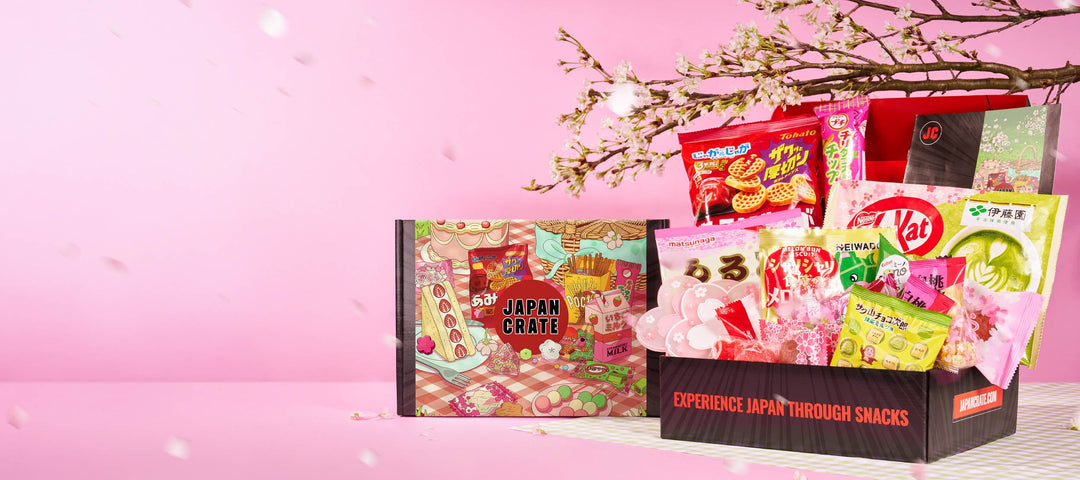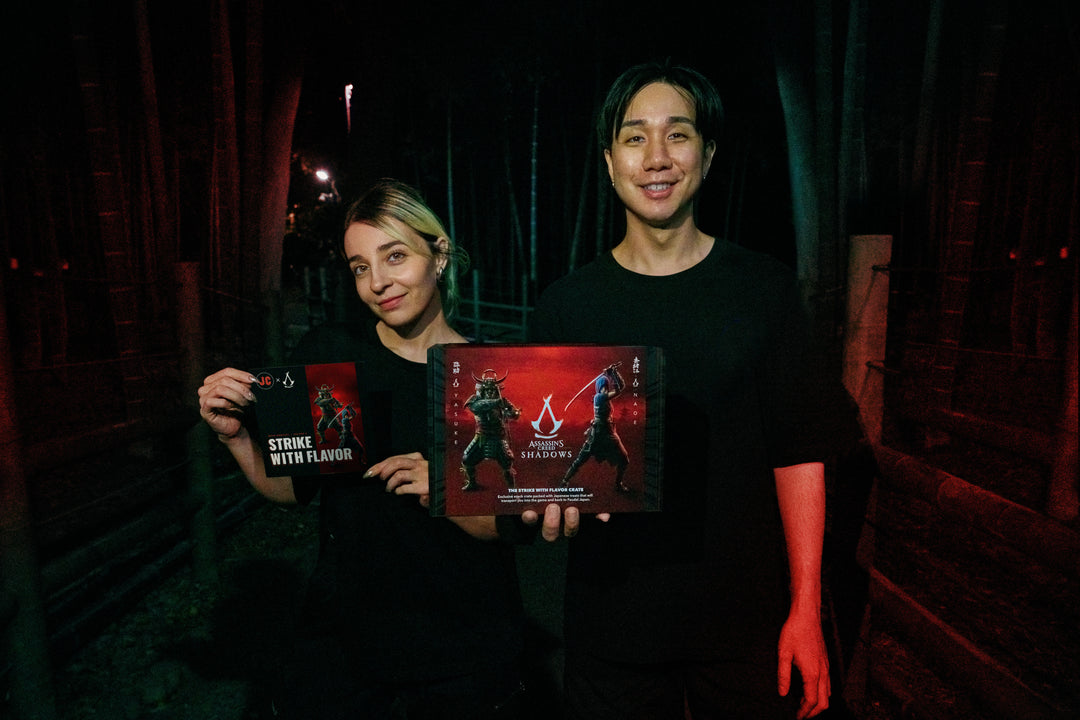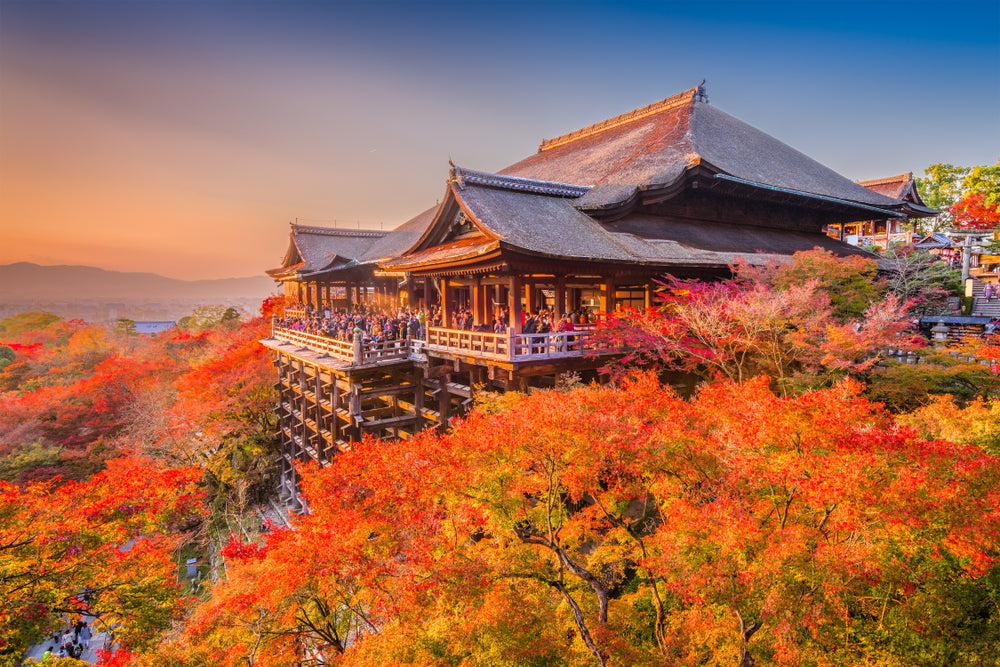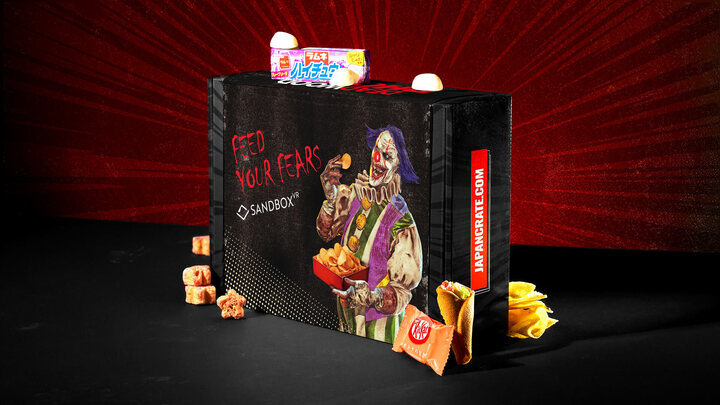What Does Kawaii Mean?
You might have heard of the word kawaii before, especially if you are a fan of Japanese culture. Many people associate it with Hello Kitty, frilly clothing, pastel colors, anime, and Japan. The word kawaii is derived from a phrase related to blushing, but with time the meaning of the word has shifted and is presently translated to 'cute.' However, the Japanese concept of kawaii is more than just cute; it is present in a wide range of media, including animation, fashion, art, music, and lifestyle. Read on and discover what exactly kawaii is.
What is Kawaii?

The words "cute," "tiny," "lovable," and "childlike" are the ones most commonly linked with the Japanese word "kawaii," which are the easiest to understand. In other words, the term kawaii can mean a wide variety of things, including nice, pretty, beautiful, and even seductive. Kawaii is also literally everywhere. You can find kawaii objects and designs at home, shops, restaurants, and even train stations. In a larger sense, it refers to the way that society values optimism above all else and values cuteness over all else. The idea first appeared as a uniquely Japanese cultural movement, but it quickly developed into the growing trend it is now, permeating many facets of contemporary life, such as Japanese art, fashion, technology, and even cuisine.
In addition, the celebration of all things cute and the acceptance of fictitious characters as the personification of goodness are described as part of this culture. The Kawaii in Japanese describes young, cute, and infantile things and is based on the endearing physical characteristics of young children and animals. Animals can adopt human characteristics to make them seem more realistic. Like animals, especially cats, humans might adopt their traits, such as tails and ears, to better convey their emotions.
History of Kawaii

Kawaii has a lengthy history. It dates back to Japan's Golden Era, the Heian Period (794–1185). It is believed to have come from the ancient word kaohayushi, which meant a face flushed red with shame or remorse. The meaning of kaohayushi changed when it was pronounced "kawayushi" and came to mean many various things, including humiliating, pitiful, weak, little, charming, and loving. The Japanese word later changed into "kawaii," which derives from the Muromachi Period and has the modern meanings of "cute" and "lovable." Although the word's meaning has changed significantly over time, the underlying concept has persisted for a while: anything that arouses emotions of affection, protectiveness, or fuzzy sentiments.
Others claim that Japan's kawaii culture is considered to have begun in the 1970s when children began writing in their own childlike cute writing style. Hearts, stars, and cartoon faces were surrounded by wavy, noodle-like lines in the script's design. Several names, such as Marui ji (round characters writing), Koneko ji (kitten writing), and Burikko ji (fake-child writing), were given to it. Some claim that this movement was started as a protest against the oppressive post-World War Two Japanese culture and as a method for the young people of the time to show off their individuality. While being typically outlawed in many schools, marui ji round writing gained popularity among advertisers in the 1980s and served as the basis for one of the most well-known kawaii characters of the modern period.
Japanese Kawaii Culture

Japan is a country living between a workaholic society and a flowery and pink kawaii culture. Kawaii is a means for people to show their uniqueness through art and fashion in this contradicting culture. Japanese people can get away from their stressful lives with the kawaii culture. In addition, since cuteness typically refers to children, babies, and little animals, being kawaii makes people's behavior more childlike and affectionate. There are many different subcultures included in the kawaii culture. This can be observed in anime characters, current fashion, themed restaurants, and even Japanese city mascots.
That said, Japan's kawaii culture is most reflected in its fashion, emphasizing sweetness and innocence. Clothing that is fluffy, striking, and vividly colored indicates the kawaii style. The kawaii actions are too cutesy and act in an endearing, childlike manner to match the trend. This kawaii trend extended to the creation of mascots. In Japan, mascots are hugely popular. These adorable mascots stand in many locations, industries, companies, and events. The kawaii mascots represent cute characters with adorable traits like chubby cheeks, huge eyes, and simple faces. Also, Japanese Japanese cuisine has incorporated kawaii aesthetics. Making adorable artwork out of everyday meals like rice, fish, meat, and veggies is a trend that is becoming increasingly popular. These trends are just a few of the kawaii subcultures that the Japanese modern culture has in everyday life.
Kawaii Fashion

Of course, discussing Japanese popular culture would be incomplete without mentioning how closely it is related to Japanese fashion. You will especially see the style in trendy neighborhoods like Harajuku, Shibuya, and Shinjuku, including cute clothing. Although many kinds of cute fashion exist, a common theme has become apparent. These fashionistas choose ultra-feminine attire, frequently including frills, ruffles, knee socks, short hemlines, and doe-eyed makeup. It's common for them to dress in vibrant pastels like pink and blue, but it's not always the case. In actuality, a different kawaii subculture emphasizes punk and grunge culture more. Decora and lolita fashion are currently the two most well-liked Kawaii fashion trends. Lolita style is a classic kawaii aesthetic with oversized, frilly clothes that look like little girls. On the other hand, the color palettes of Decora kawaii girls are more bright. They have numerous hair bows, bracelets, and other accessories.
Kawaii Cuisine

Japanese literature has always featured kawaii motifs in connection with food. Today, kawaii has been successfully incorporated into the established aesthetic standards that govern how all Japanese food is presented, including small, distinct amounts, contrasts in color and shape, and seasonal reminders. Making adorable artwork out of everyday meals like rice, fish, meat, and veggies is a trend that is becoming increasingly popular. The kyaraben and oekakiben are two different kinds of bento boxes. Character bento boxes, or kyaraben, are created with people, animals, and figures from popular culture that are considered kawaii. The oekakiben bento, also known as a picture bento, is made to resemble various creatures, structures, settings, and scenes.
Kawaii Art

Kawaii is also celebrated in artworks. Kawaii is a groundbreaking art form rooted in the nostalgic past with a hopeful trajectory into the future and full of symbolic meaning. There are several varieties of cuteness, including guro-kawaii (gross cute), ero-kawaii (erotic cute), kimo-kawaii (creepy cute), and busu-kawaii (ugly cute). Kawaii arts are simplified to simple shapes, reducing their faces to lines and dots. Kawaii designs typically have gently rounded corners to give them a cuddly, squishy appearance because soft edges are more inviting. Takashi Murakami is one of Japan's most well-known kawaii artists and has been regarded as "the Warhol of Japan" due to his cartoon-pop aesthetic. That said, Yoshitomo Nara, Takashi Murakami, other influential artists from the movement, and the upcoming generation of ultra-contemporary artists are examples of how kawaii art combines Western and Japanese popular culture with a global aesthetic.
Kawaii Entertainment

In Japanese popular culture, an "idol" is a celebrity whose image has been meticulously created to appeal to a wide public as much as possible. It's also unsurprising that idols are frequently linked to kawaii culture, as cuteness has positive connotations. In the 1980s, the heyday of J-pop stars, pop idol Seiko Matsuda reigned supreme as the queen of kawaii, and nowadays, the female group AKB48's success today proves Japan's devotion to idols is still strong. Both male and female pop stars dress and look cute. Also, they use strong eye makeup, large, colorful contacts, fake eyelashes, and artificial eyelashes to try to alter their eyes' size and color. Japanese pop singers not only write in kawaii script or include little drawings in their autographs, but they also behave in a cute, kawaii manner.
What Makes Something Kawaii?

Kawaii characters come in a wide variety, yet they all share a few traits. Kawaii characters typically feature huge heads, short, compact bodies, wide eyes, tiny noses, and little to no facial expressions. They are also typically made in a very straightforward manner. Indeed, the lack of emotions makes them endearing since it enables viewers to imagine themselves as characters, whether young children, Japanese girls, or cute animals. In addition, kawaii characters frequently have a thin black outline and a limited color scheme dominated by pastel shades, making them lovable, cute, and innocent.
While many of the characters may have an innocent appearance, they typically have a quirky quality that makes them relatable and lovable. For instance, Gudetama detests getting up in the morning, Hello Kitty always wears her distinctive bow, and Doraemon has his four-dimensional pocket. These characters are so endearing and charming because of all these tiny characteristics.
How to Look Kawaii?

Another aspect of the Japanese beauty standard is cuteness. When applying makeup, women frequently strive for an innocent, youthful appearance. Large eyes contribute to having a young look, as children have eyes that are usually quite large in proportion to their faces. Japanese people, both gender, often employ contact lenses, fake eyelashes, and makeup to make it appear as though their eyes are larger. Moreover, kawaii men and women have a certain face-prep routine to pull off kawaii. Dark mascara is also frequently applied to lower lashes since it makes the eyes look bigger and more rounded. Instead of emphasizing contour, Japanese makeup frequently emphasizes blushes.
How to Act Kawaii?

Beyond simply dressing cute, kawaii is fully embodied. Mannerism can help conjure images of youth, from how you speak to how you carry yourself. For instance, kawaii girls will attempt to speak with a higher pitch, just like when you would speak to a baby. In addition, becoming "submissive," but not in the traditional sense, is another way that kawaii characters are displayed. A kawaii personality attracts people to defend them, even if it's simply from little things, in the cutest way (like flying insects). In other words, to be cute in Japanese culture means to be weak-willed rather than independent. Those who are kawaii are amiable.
Where to find Kawaii in Japan?

If you give it some thought, other nations may have mascots, characters, and other items that could be categorized as "kawaii," such as sports mascots, Disney, and cartoons like the Power Puff Girls, but it is clear that kawaii is much more popular in Japan! Kawaii culture can be seen across Tokyo. Depending on your interests, you can choose your destination. For instance, head to Akihabara, known as the geeks' paradise, if you enjoy Japanese Otaku culture, which includes anime and manga.
In addition, everything you associate with kawaii culture is available in Harajuku if you want to smother yourself in brightly colored stores and treats. It has a huge selection of stores and eateries that are jam-packed into the very short street. You can find vibrant stores and visually appealing treats along the route, which many schoolgirls like purchasing after classes or on the weekends. Also, there are distinctive stores, cafes, and well-known theme parks that specialize in merchandise with well-known characters like Hello Kitty and well-known anime characters that can provide adorable experiences and attractive locations.
It's Japan Crate Time!
Japan Crate offers the most delicious sweet and savory snacks from Japan. You can also supplement Japan Crate’s goodies with the limited Doki Doki Crate. With this crate, you can get a box of adorable Japanese-themed plushies, toys, and more delivered right to your home! Our Doki Doki Crate has the prettiest and cutest Japanese item that will add a touch of kawaii flair to your day. Don’t forget to grab a monthly subscription of Japanese snacks to accompany your kawaii items. Just click this link to subscribe now! With Japan Crate, your snack collection will be even better than before!
Author Bio







Leave a comment